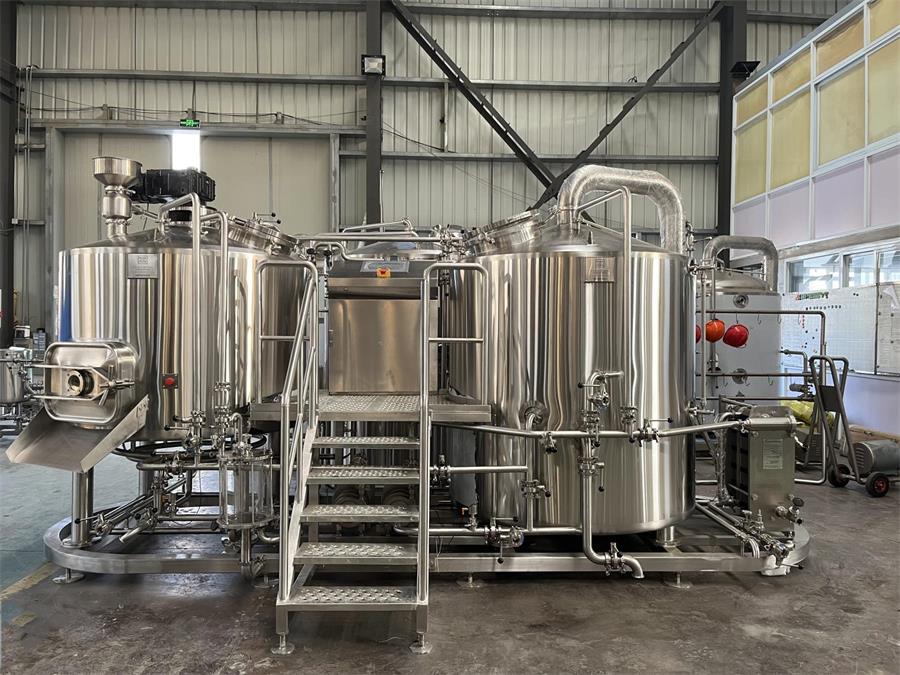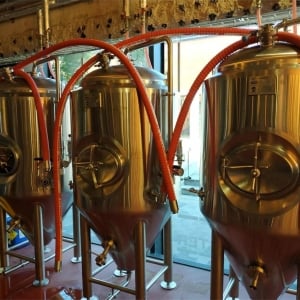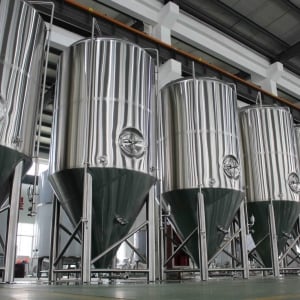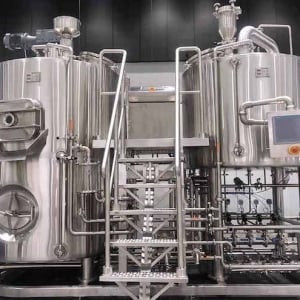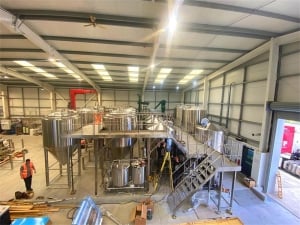Table of Contents
ToggleIntroduction
In recent years, the craft beer industry has experienced a renaissance, with an increasing number of beer enthusiasts seeking unique and flavorful brews. Micro breweries, with their focus on small-scale production and experimentation, have played a crucial role in this movement. At the heart of every micro brewery lies its most essential asset – the micro brewery equipment. In this article, we will dive deep into the world of micro brewery equipment, exploring its components, types, factors to consider when choosing, setting up a micro brewery, operational tips, and more.
What is Micro Brewery Equipment?
Micro brewery equipment refers to the specialized brewing equipment used in small-scale breweries to produce craft beers. Unlike large commercial breweries, micro breweries focus on producing limited quantities of beer, often with an emphasis on quality, creativity, and regional flavors. The equipment is designed to facilitate the brewing process, allowing brewers to have precise control over various parameters to create unique and distinct beer profiles.
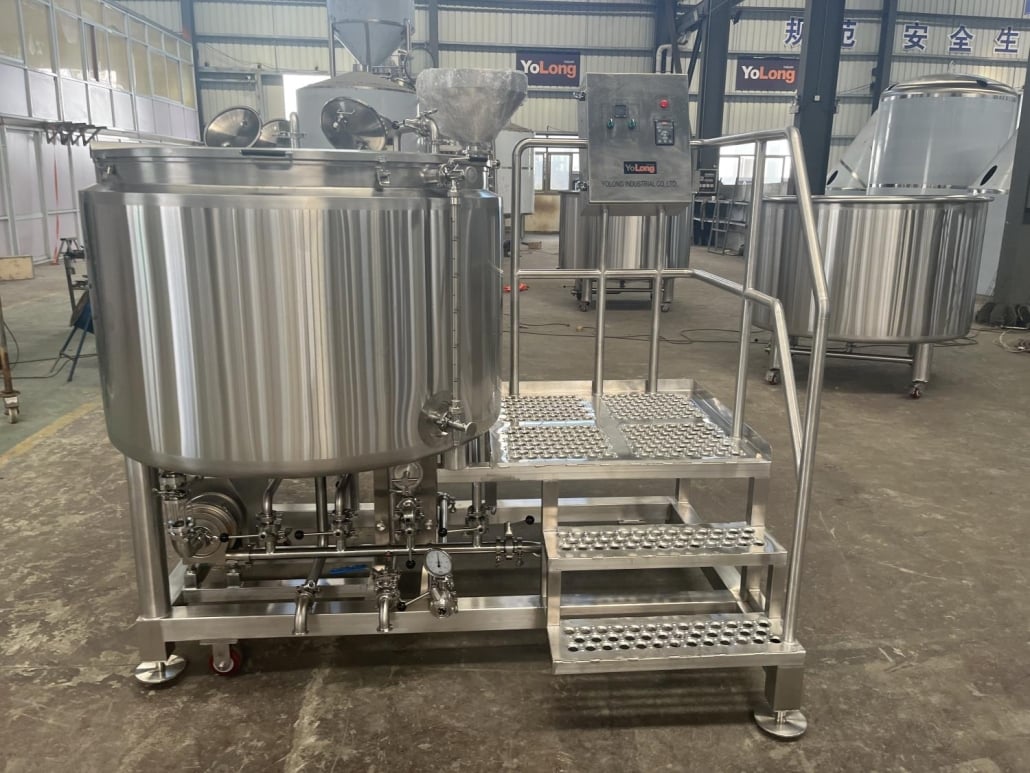
The Components of Micro Brewery Equipment
Micro brewery equipment is a well-coordinated ensemble of various components that work together to produce beer. Here are the key components:
Mash Tun
The mash tun is where the mashing process takes place, converting the starches in the malted grains into fermentable sugars. It is equipped with a heating system and a false bottom to separate the liquid wort from the spent grains.
Brew Kettle
The brew kettle is used to boil the wort, sterilizing it and adding hops for bitterness, flavor, and aroma. It is fitted with a heating source, typically steam jackets or gas burners, and whirlpool technology to separate hops and trub from the wort.
Fermentation Vessels
Fermentation vessels are where the magic happens – yeast converts sugars into alcohol and carbon dioxide, turning wort into beer. These vessels come in various shapes and sizes and are often made of stainless steel or glass.
Cooling System
A cooling system is essential to rapidly cool down the boiled wort to a temperature suitable for fermentation. It helps maintain the integrity of flavors and prevents unwanted bacterial growth.
Cleaning and Sanitization Equipment
Proper cleaning and sanitization are critical in ensuring the quality and safety of the beer. Equipment like CIP (Clean-In-Place) systems and chemical cleaners play a vital role in maintaining hygiene.
Control System
The control system includes various instruments and sensors that allow brewers to monitor and regulate temperature, pressure, and other variables throughout the brewing process. This ensures consistency and repeatability in the beer production.
Types of Micro Brewery Equipment
Micro breweries come in various sizes and production capacities. Depending on the scale and business objectives, different types of micro brewery equipment are available:
Nano Brewery Equipment
Nano breweries are the smallest scale micro breweries, often operated by homebrewers who have decided to turn their passion into a business. Nano brewery equipment is compact and typically produces small batches of beer, perfect for local sales or taproom exclusives.
Mini Brewery Equipment
Mini breweries are slightly larger than nano breweries and can produce a higher volume of beer. They are suitable for small businesses or brewpubs that aim to offer a wider variety of beer styles while still maintaining a relatively small production capacity.
Pilot Brewery Equipment
Pilot breweries serve as testing grounds for new recipes and experimental brews. They allow brewers to explore creative ideas without committing to large-scale production. Pilot brewery equipment is versatile and perfect for innovation-driven micro breweries.
Small-Scale Craft Brewery Equipment
Small-scale craft brewery equipment is designed for businesses that aim to distribute their craft beers to a broader audience. It offers a higher production capacity compared to nano and mini breweries, making it ideal for meeting growing demand.
Medium-Sized Micro Brewery Equipment
Medium-sized micro brewery equipment caters to established micro breweries with a solid customer base and steady demand. These breweries produce larger quantities of beer and often have a regional or national presence.
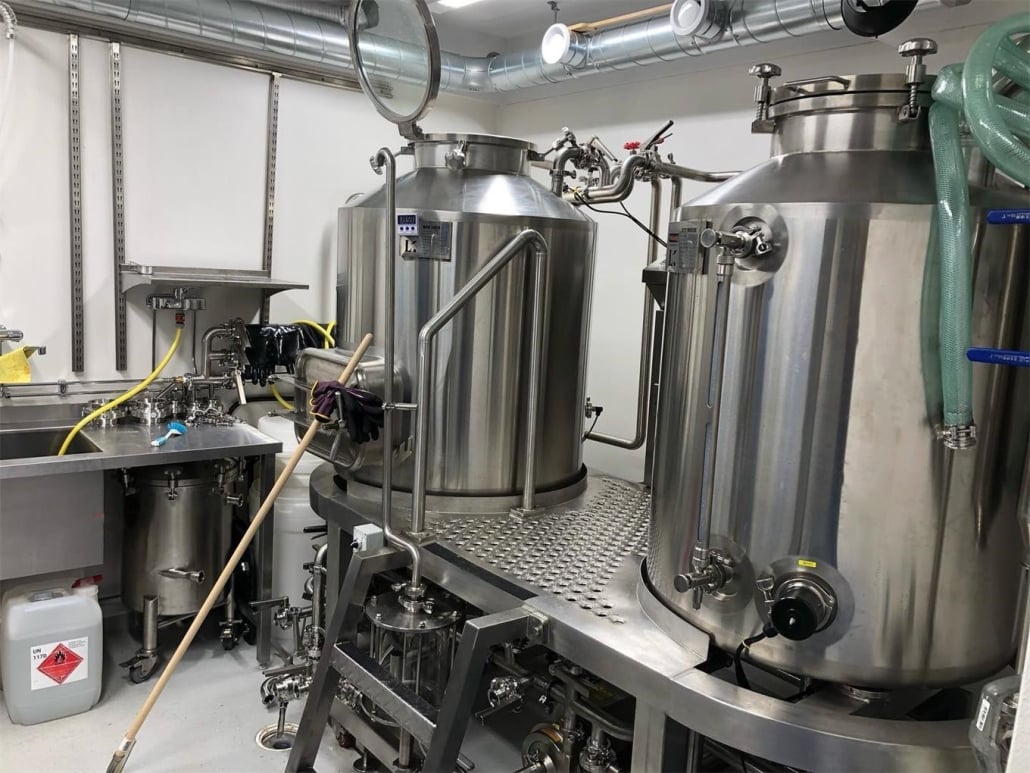
Factors to Consider When Choosing Micro Brewery Equipment
Selecting the right micro brewery equipment is crucial for the success of a brewing venture. Here are some essential factors to consider:
Production Capacity
Determining the desired production capacity is the first step in choosing the appropriate equipment. Consider current and future demand projections to avoid outgrowing the equipment too quickly.
Space and Layout
The available space and layout of the brewery will influence the choice of equipment. Efficient utilization of space is essential for smooth operations and expansion possibilities.
Budget and Investment
Setting a budget is essential for any business venture. Micro brewery equipment can be a significant investment, so carefully assess the budget and explore financing options if needed.
Customization Options
Flexibility and customization in equipment are valuable as they allow brewers to adapt to specific brewing techniques and recipes.
Ease of Use and Maintenance
User-friendly equipment is crucial for a smooth brewing process and ease of maintenance. Complex equipment may require additional training and maintenance costs.
Setting Up a Micro Brewery: Step-by-Step Guide
Embarking on the journey of setting up a micro brewery requires careful planning and execution. Here’s a step-by-step guide to help you get started:
Market Research and Business Plan
Conduct thorough market research to identify your target audience and competition. Create a comprehensive business plan that outlines your mission, vision, financial projections, and marketing strategies.
Licenses and Permits
Obtain all necessary licenses and permits to operate a micro brewery legally. This may include federal, state, and local permits for alcohol production and sales.
Location and Facility
Choose a suitable location for your micro brewery. Consider factors like accessibility, proximity to your target market, and space for future expansion.
Procurement of Micro Brewery Equipment
Select and purchase the appropriate micro brewery equipment based on your business needs and production capacity.
Installation and Setup
Hire experienced professionals to install and set up the brewery equipment correctly. Ensure that all systems are functioning properly before starting production.
Quality Control and Testing
Implement rigorous quality control measures to maintain the consistency and excellence of your brews. Conduct taste tests and seek feedback from experienced beer tasters.
Tips for Operating a Successful Micro Brewery
Operating a micro brewery successfully requires a combination of passion, innovation, and business acumen. Here are some valuable tips to help you thrive in this competitive industry:
Focus on Quality and Innovation
Make quality your top priority. Consistently deliver exceptional beers that stand out in taste and flavor. Embrace innovation by experimenting with new ingredients and brewing techniques to create unique brews.
Building a Strong Brand Identity
Develop a strong brand identity that resonates with your target audience. Your brand should reflect your brewery’s personality, values, and the story behind each brew.
Distribution and Marketing Strategies
Formulate effective distribution and marketing strategies to expand your reach. Collaborate with local bars, restaurants, and retailers to get your craft beers into the hands of consumers.
Building Customer Loyalty
Focus on building a loyal customer base by providing excellent customer service and engaging with your audience. Consider organizing brewery tours, tasting events, and memberships to create a sense of community.
Collaborations and Events
Partner with other local businesses, breweries, or events to increase your brewery’s exposure. Collaborations can lead to exciting new beer creations and introduce your brand to new audiences.
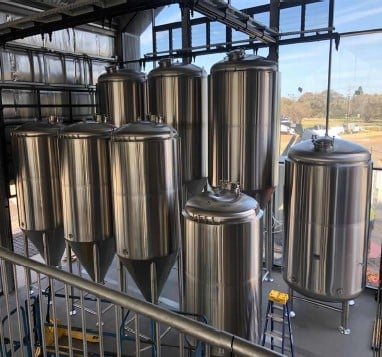
Common Challenges and Solutions in Micro Brewing
Operating a micro brewery comes with its fair share of challenges. Here are some common challenges and ways to overcome them:
Quality Consistency
Maintaining consistency in beer quality can be challenging due to the natural variability of ingredients and brewing processes. Implement strict quality control measures and standard operating procedures to ensure consistent results.
Equipment Maintenance and Repairs
Regular maintenance of micro brewery equipment is essential to prevent breakdowns and production delays. Create a maintenance schedule and have a reliable technician on call for repairs.
Seasonal Fluctuations and Demand
The demand for certain beer styles may vary seasonally. Plan ahead and diversify your beer offerings to cater to changing preferences.
Regulatory Compliance
Complying with alcohol regulations and safety standards is vital. Stay updated on changes in laws and regulations to avoid legal issues.
The Future of Micro Brewery Equipment
As the craft beer industry continues to evolve, so does micro brewery equipment. Advancements in technology and sustainable practices are likely to shape the future of brewing equipment. Expect to see more automation, energy-efficient systems, and innovative brewing techniques.
Conclusion
Micro brewery equipment forms the backbone of any successful micro brewery, empowering brewers to craft exceptional and distinctive beers. From mash tuns to fermentation vessels, each component plays a crucial role in the brewing process. By understanding the various types of micro brewery equipment, considering essential factors when choosing, and following a well-planned setup process, aspiring brewers can lay a strong foundation for their brewing venture. To thrive in this competitive industry, focus on quality, innovation, branding, and customer engagement. Overcoming common challenges and staying updated with industry trends will position micro breweries for a successful and rewarding future.
FAQs
Q1. How much does micro brewery equipment cost?
The cost of micro brewery equipment varies widely depending on the scale and customization. Nano brewery equipment may cost a few thousand dollars, while larger micro breweries could invest hundreds of thousands.
Q2. Can I start a micro brewery as a hobbyist homebrewer?
Absolutely! Many successful micro breweries started as hobby projects for passionate homebrewers. Scaling up from a homebrewing setup to a nano or mini brewery is a common progression.
Q3. What are some popular micro brewery equipment suppliers?
Several reputable suppliers offer micro brewery equipment, including SS Brewtech, Premier Stainless, and Deutsche Beverage Technology, among others.
Q4. How long does it take to set up a micro brewery?
The time to set up a micro brewery can vary depending on factors like location, licensing, and equipment availability. On average, it may take several months to a year.
Q5. Can I use second-hand micro brewery equipment?
Yes, using second-hand equipment can be a cost-effective option for some breweries. However, ensure that the equipment is in good condition and meets all safety standards before purchasing.

